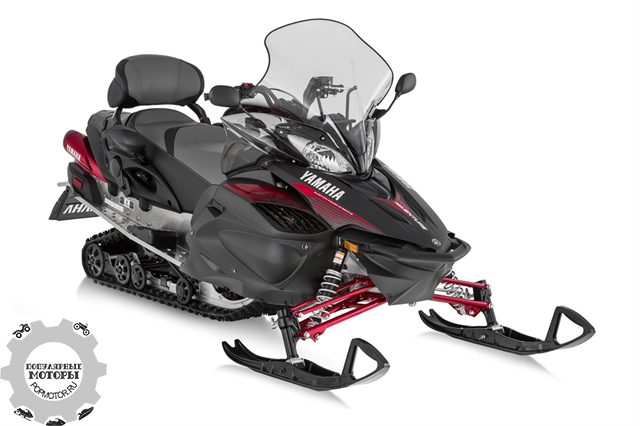
Weather. How should a driver behave during a storm? (video)
 Hot days are often accompanied by strong storms and heavy rains. If you are already on the road, then you should not lose your head and stay in the car.
Hot days are often accompanied by strong storms and heavy rains. If you are already on the road, then you should not lose your head and stay in the car.
First of all, the car interior is a safe place, as it protects against an electrostatic field - in the event of a lightning strike, the cargo “flows” over the body without damaging the car and without posing a danger to passengers. Therefore, we can continue to travel safely as long as the weather permits.
If the storm is very strong and makes further travel impossible, you should, if possible, go to a safe place. It is better not to stop on the side of the road, as it is dangerous in conditions of limited visibility. If we have to do this, do not turn off the dipped headlights, but turn on the emergency. However, it is better to choose an open space away from moving cars, trees, and tall installations such as poles or roadside advertisements. You should also avoid underestimating the terrain to avoid flooding the car in case of very intense precipitation.
See also: Selling a car - this must be reported to the office
The motorway can be a trap, as it is not always possible to get off for passenger service. - If I'm driving along the highway and I see that a thunderstorm is already beginning, then I am for the theory that you need to slow down, but still keep moving. Turn on all possible lights so that we can be seen better,” explained Kuba Bielak from the Safe Driving Academy.
Strong winds and very wet road surfaces can make it difficult to maintain proper track. Especially problems may arise for drivers towing caravans, for example caravans. Both they and drivers passing or overtaking them must exercise extreme caution. During heavy rain, you should also remember to carefully drive through places where water is stuck. What looks like a large puddle can be quite a deep body of water. Slowly climbing or walking around an obstacle will help avoid chassis flooding. If you need to brake on a wet road, it's best to do it in impulses, simulating the ABS system - if you don't have one.

